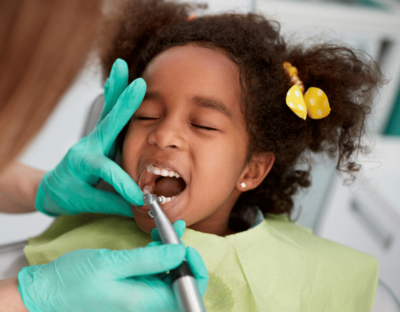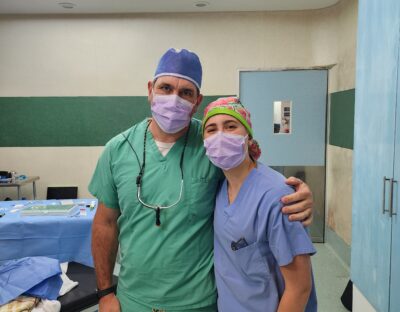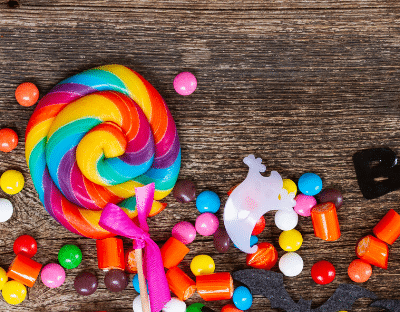Why Flossing Your Child’s Teeth Is So Important
Flossing your child’s teeth is an incredibly important, yet often overlooked, part of a dental health routine. We know brushing at least twice a day is the standard, but brushing alone doesn’t take away all the plaque on your child’s teeth. Dental floss cleans the hard-to-reach places between their teeth and under their gums.
Many parents are hesitant to floss their children’s teeth or don’t know when to start. Teaching your children how to use floss at home starts them on this healthy habit at an early age. Here are some handy tips about flossing your child’s teeth.
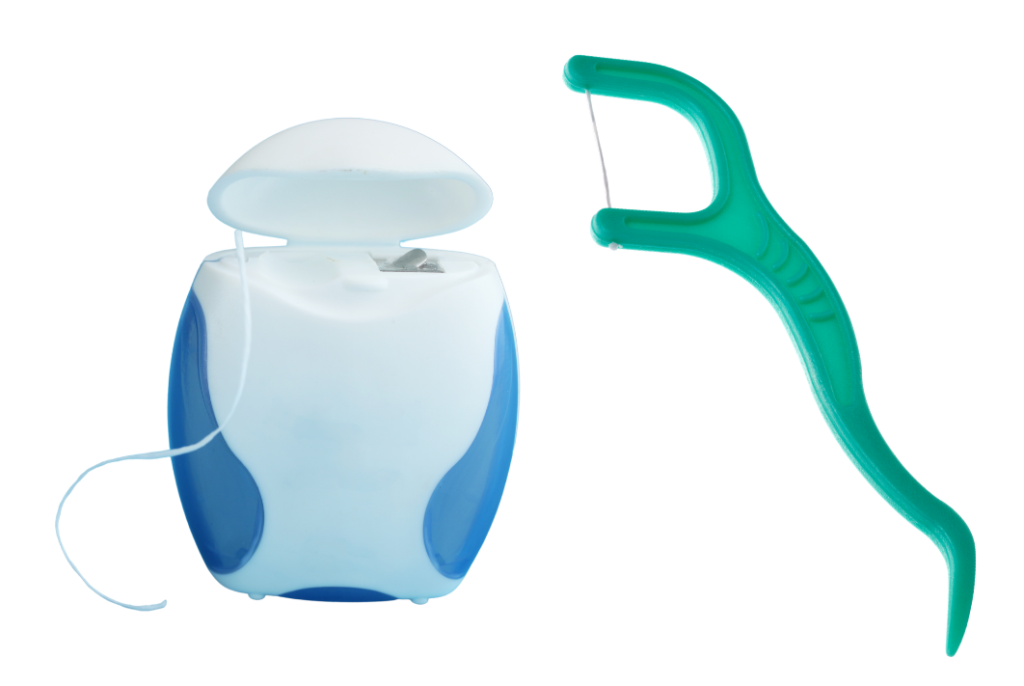
When should I start to floss my child’s teeth?
You should start to floss your child’s teeth once two of their teeth begin to touch. This usually happens once their primary molars erupt, around the age of 2 or 3. Begin to floss your toddler’s teeth once a day for a couple of minutes. Even if your child’s teeth don’t quite touch yet, you can still introduce the concept of flossing in addition to a good brushing routine. Getting your child used to the feeling of flossing can make the transition easier later on. The earlier healthy habits start, the better!
How should I floss my child’s teeth?
Plenty of adults don’t like to floss, so imagine what it’s like for your child. A gentle touch and patience is the key. When flossing your child’s teeth, floss gently to avoid damaging your child’s teeth or gums. If you’re using traditional dental floss, wrap a length between your index fingers or thumbs. Gently floss between the teeth and move it up and down along the surface of each tooth and down to the gumline.
If you’re having trouble using regular floss, try floss picks. They are more kid-friendly, more comfortable to hold, and come in all sorts of shapes, colors, and flavors. We recommend flossers that have two strands of floss instead of one because it picks up more food debris.
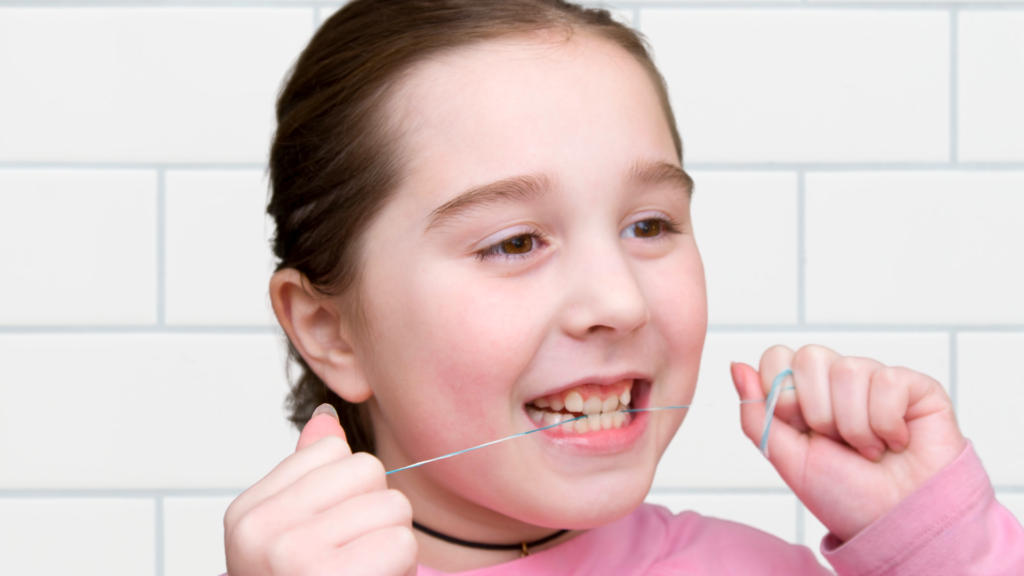
Why is flossing baby teeth so important?
Flossing cleans where the toothbrush can’t, like in between teeth! Removing food particles between teeth every day helps prevent cavities, bad breath, and most importantly, gum disease. Food trapped between teeth turns into a breeding ground for bacteria- gross! Flossing reaches those tricky spots, reduces the amount of bacteria and plaque in the mouth, and lowers the risk of cavities developing.
What should I expect when flossing?
If your child’s gums bleed at first, don’t worry! This is common when flossing isn’t a part of your daily routine but can be a sign of gingivitis, especially with older kids. The more you floss your child’s teeth, the less bleeding you’ll see. Your child may initially complain that flossing is uncomfortable, but their gums will become healthier and less sensitive the more consistently you floss. As flossing becomes a daily habit, these symptoms will fade.
What are some helpful tips to get started?
Remember to be patient and flexible. Try finding what works best for your child to make flossing fun!
If your child is having a hard time understanding the concept of flossing, have them watch you floss your own teeth! Explain to your child why flossing is something they need to do consistently. Don’t be discouraged if it’s hard at first. Flossing just one spot every night is still a success if you’re just starting off. When your child reaches the age of 8 to 10 years old and has developed enough manual dexterity, they should be ready to floss on their own!
We hope this encourages you to keep flossing your children’s teeth each night as you help your kids form healthy habits that will last a lifetime! Read more helpful tips here.
Ready to get your child’s smile on track?
Serving Lots of Happy Patients
"I’ve been going to Pediatric Dental Associates since I was a child, now I take all 3 of my children there. Great office! Love Dr. Sara, and the my two favorite hygienist…" Read More
"My daughter has special needs & going to the dentist is very difficult for her. Every time she goes she is treated with great care & her needs are always remembered and…" Read More
"How many people can say that their children love going to the dentist? I'm not sure of the stats, but I can raise my hand. From the front desk staff to the…" Read More

